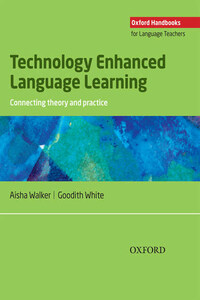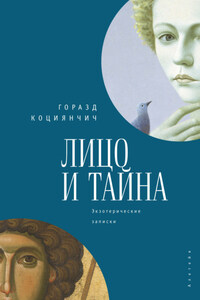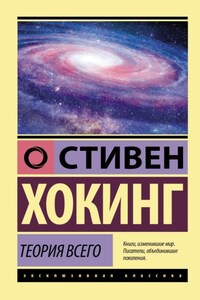Great Clarendon Street, Oxford, OX2 6DP, United Kingdom
Oxford University Press is a department of the University of Oxford. It furthers the University’s objective of excellence in research, scholarship, and education by publishing worldwide. Oxford is a registered trade mark of Oxford University Press in the UK and in certain other countries
© Oxford University Press 2013
The moral rights of the author have been asserted
First published in 2013
2017 2016 2015 2014 2013
10 9 8 7 6 5 4 3 2 1
No unauthorized photocopying
All rights reserved. No part of this publication may be reproduced, stored in a retrieval system, or transmitted, in any form or by any means, without the prior permission in writing of Oxford University Press, or as expressly permitted by law, by licence or under terms agreed with the appropriate reprographics rights organization. Enquiries concerning reproduction outside the scope of the above should be sent to the ELT Rights Department, Oxford University Press, at the address above
You must not circulate this work in any other form and you must impose this same condition on any acquirer
Links to third party websites are provided by Oxford in good faith and for information only. Oxford disclaims any responsibility for the materials contained in any third party website referenced in this work
ISBN: 978 0 19 442368 7
Printed in China
This book is printed on paper from certified and well-managed sources
ACKNOWLEDGEMENTS
The authors and publisher are grateful to those who have given permission to reproduce the following extracts and adaptations of copyright material: p.xv Screenshot of ‘Wordle’, www.wordle.net. Reproduced by permission; p.54 Screenshot from Inanimate Alice: Episode 4–Hometown, www.inanimatealice.com. Reproduced by permission; p.70 Extract from ‘Why I sent Oxford a rejection letter’ by Elly Nowell, The Guardian, 19 January 2012. Copyright Guardian News & Media Ltd 2012. Reproduced by permission; p.70 OUP (Oxford panoramic/John Woodworth/Vetta); p.90 Screenshot from ‘Animate your homework’ from www.boxoftricks.net. Reproduced by kind permission of José Picardo; p.99 Screenshots from www.wikipedia.org. Content available under the Creative Commons Attribution-ShareAlike 3.0 Unported license: http://creativecommons.org/licenses/by-sa/3.0; p.138 Extract from ‘New skills for new classrooms: Training tutors to teach languages online’ by Regine Hampel and Ursula Stickler, Computer Assisted Language Learning, 18:4, 311-326, 2005. Reprinted by permission of the publisher (Taylor & Francis Ltd, http://www.tandf.co.uk/journals); p.144-5 Extract from ‘The battle of the boards’ by Sarn Rich, English Teaching Professional, Issue 78, January 2012. Reproduced by permission of the copyright holder, Pavilion Publishing and Media Ltd. Sources: p.7 Applied Linguistics Journal, Oxford University Press.
Artwork supplied by Oxford Designers and Illustrators on pages: xv, 7, 8, 66, 70, 72, 90, 99, and 138.
Although every effort has been made to trace and contact copyright holders before publication, this has not been possible in some cases. We apologise for any apparent infringement of copyright and, if notified, the publisher will be pleased to rectify any errors or omissions at the earliest possible opportunity.








